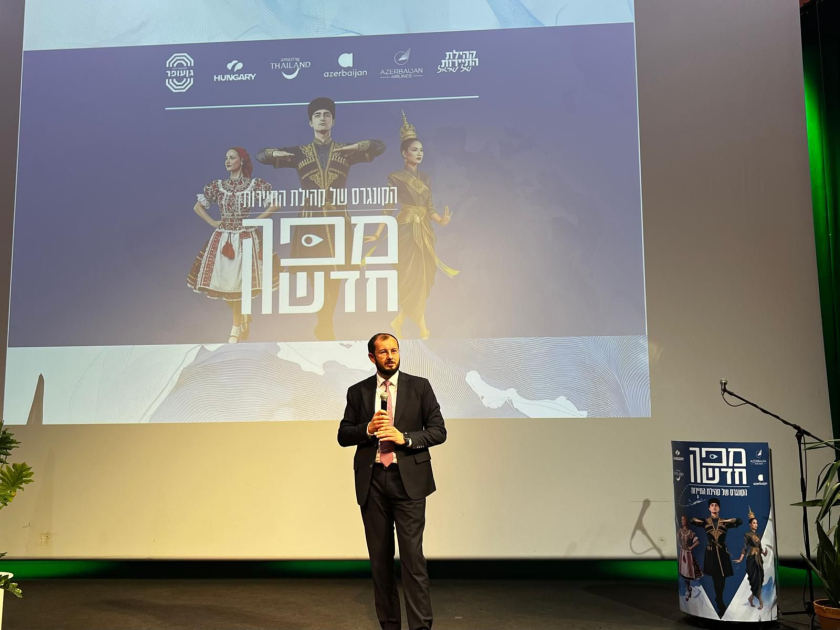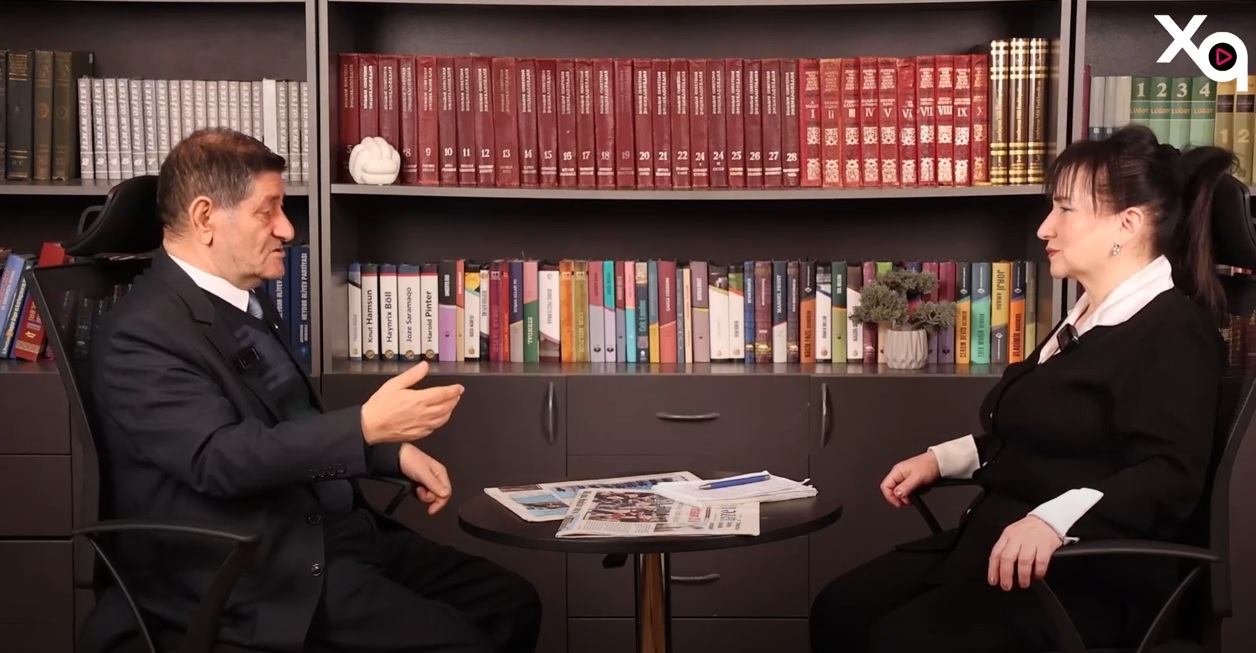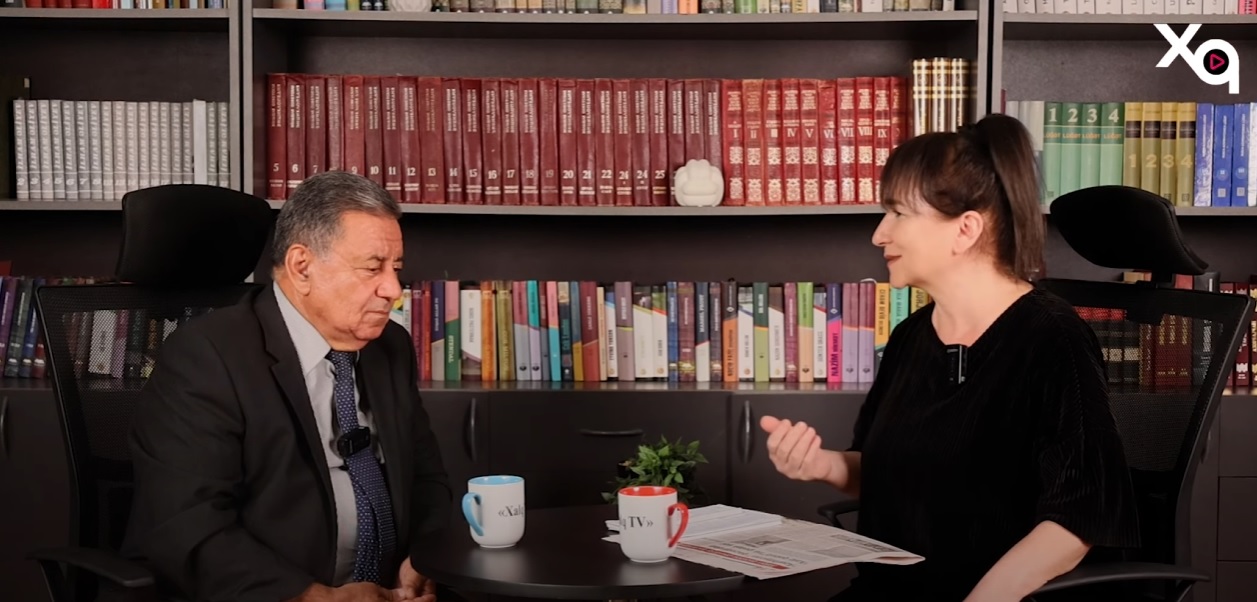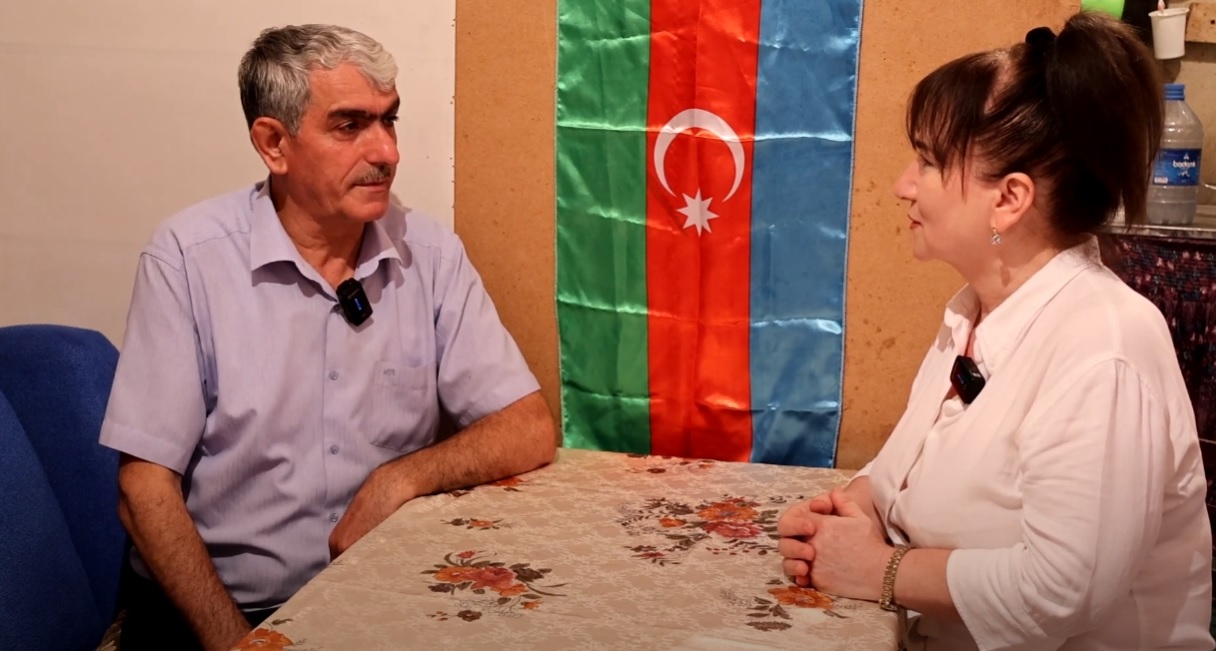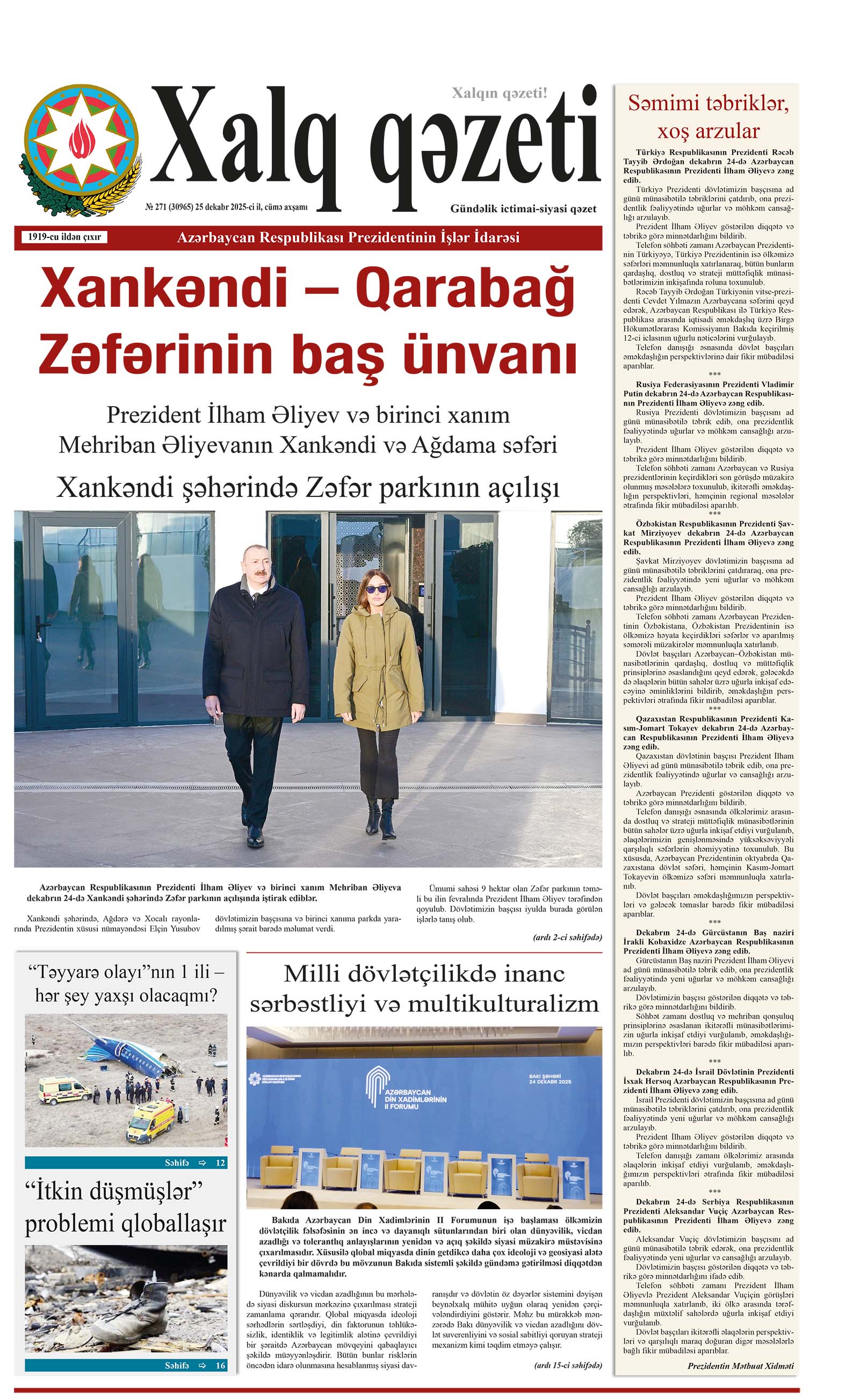A gold ring believed to be approximately 2,300 years old was recently discovered during archaeological excavations in Jerusalem’s City of David, marking the second such find in less than a year from the same site, according to the Press Service of Israel (TPS-IL).
The ring, set with a red gemstone, is thought to have belonged to a child or adolescent who lived in Jerusalem during the Early Hellenistic period, shortly after the conquests of Alexander the Great.
“We sifted the dirt through a sieve, right near the excavation area, and suddenly Ben, who works with me, pulls a gold ring out of the dirt. At first, he was sure it must be a modern item dropped by one of our excavators, but when I examined the ring, I immediately assessed it as something ancient. We called over the archaeologists, everyone gathered around us and marveled at the special find; it was very exciting,” said Rivka Lengler, one of the excavators.
This newly discovered ring bears a striking resemblance to a slightly larger gold ring found just months earlier in the same area. Lengler noted, “Already at first glance, you could see its great similarity to the ring discovered in our excavation only a few months ago, just that this one was even smaller. When I held this ring in my hand, I felt part of my history. I felt that I could actually touch and connect with the people who lived here in Jerusalem thousands of years ago,” Lengler added.
The City of David is the original core of the ancient biblical city. Located just outside the southern walls of Jerusalem’s Old City, it is considered one of Israel’s most important archaeological sites. It is where King David established his capital and the site of many pivotal Biblical events. The park is best known for Hezekiah’s Tunnel, which was constructed by King Hezekiah to provide water to the city ahead of an Assyrian siege led by Sennacherib.
“The two gold rings were discovered in a layer dating to the late 3rd century or early 2nd century BCE, set in the foundations of a large building which bears witness to its occupants’ wealth,” said the excavation directors, Dr. Yiftah Shalev and Dr. Marion Zindel of the Israel Antiquities Authority, Efrat Bocher of the Ancient Jerusalem Research Center, and Professor Yuval Gadot of Tel Aviv University.
“In the same stratum in which these rings were unearthed, a number of bronze earrings were also recently found. And it is in this very same stratum that a gold earring decorated with a horned animal image and a decorated gold bead were also discovered – all dating from the Early Hellenistic period,” they noted. This layer lies beneath the foundations of a large building, which archaeologists believe belonged to a wealthy family of the period.
“This is the first time that we have found in Jerusalem such a large assemblage of gold jewelry from that period,” Bocher added. “This displayed wealth is very rare in any archaeological layer, and it attests to the wealth of Jerusalem and the high standard of living of the city’s residents during this period.”
Dr. Marion Zindel, who analyzed the newly uncovered ring, suggested a cultural context for the find. “That the two small rings and the rest of the jewelry were all discovered under the building’s floors raises the possibility that they were buried there on purpose,” she said. “One of the possibilities now being examined is that the jewelry found in the building’s foundations was in the context of executing a well-known Hellenistic period custom in which betrothed women would bury jewelry and other childhood objects in the house foundations as a symbol of the transition from childhood to adulthood.”
Jewelry that combined gold with vibrant stones like garnets was typical of the era, reflecting the influence of Eastern fashion trends from Persia and India. “These fashionable influences were enabled thanks to Alexander the Great’s conquests, and the consequent trade channels opening with these regions,” the researchers added.


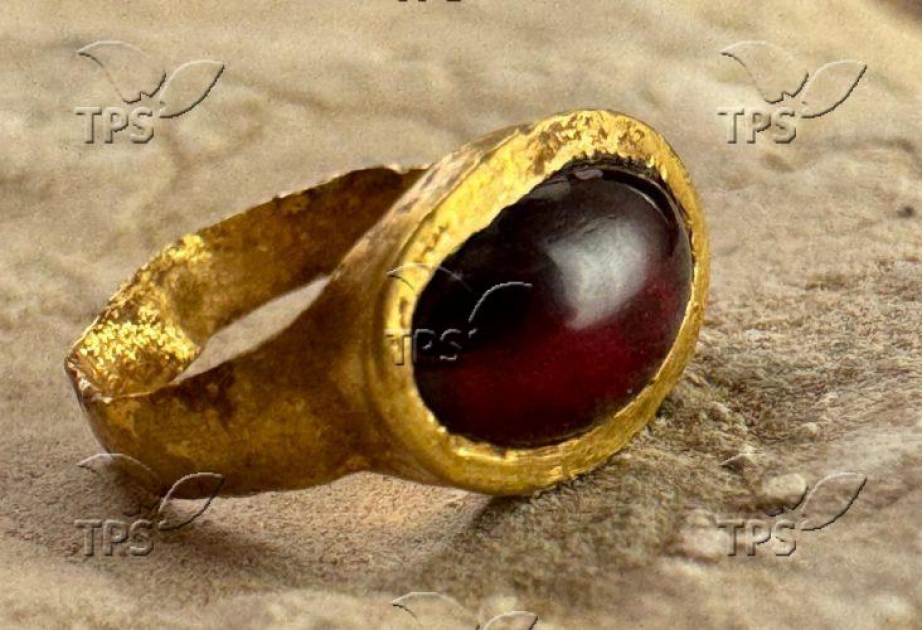


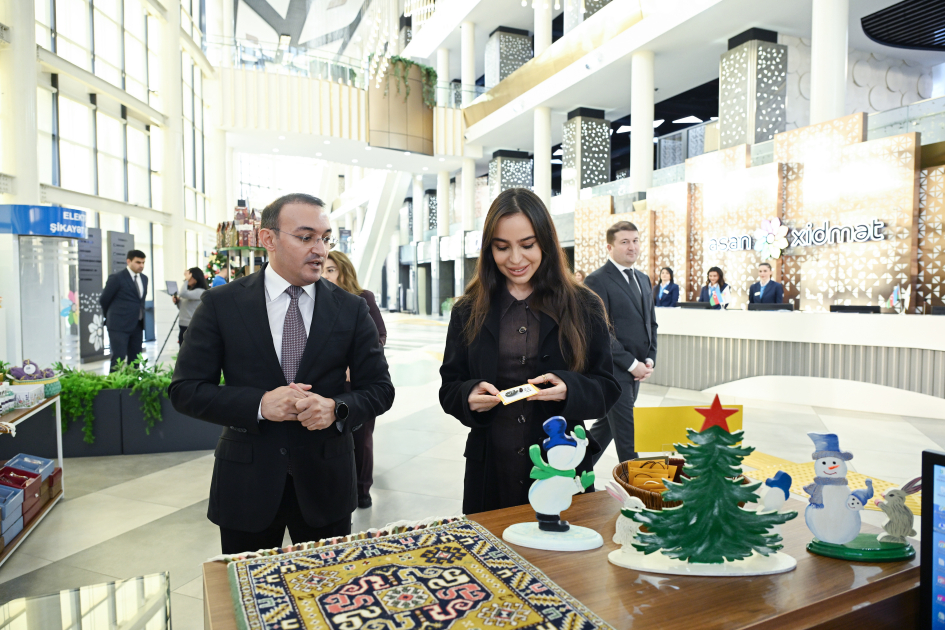
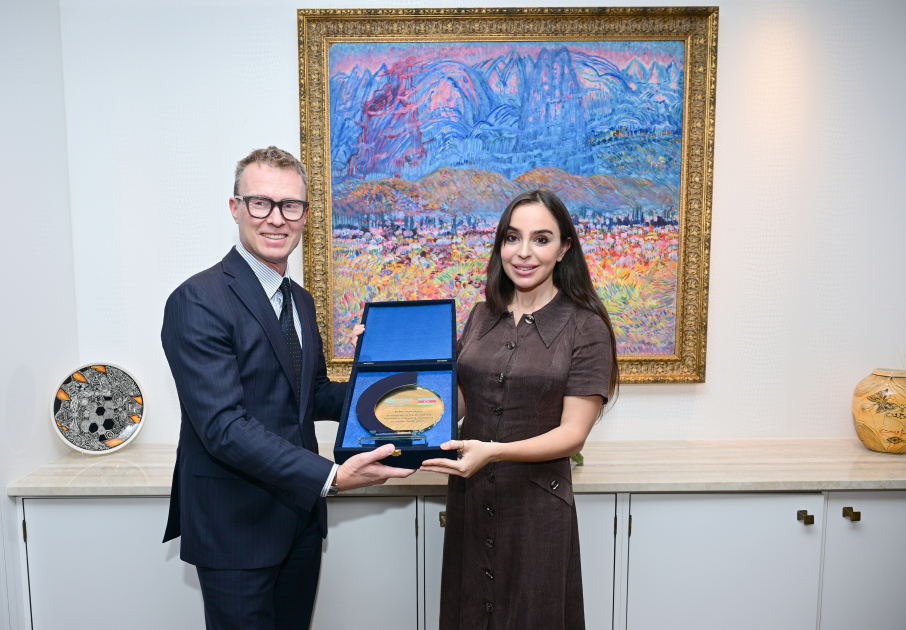

.png)

